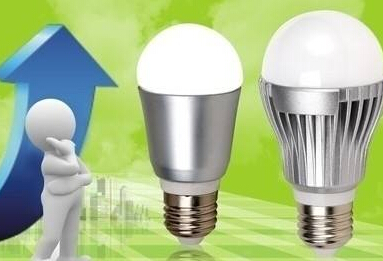When we talk about mental health and happiness, poor lighting is often overlooked, and our focus is on creating a happier, healthier workplace. However, poor lighting can have a number of negative effects on physical and mental health, such as eye fatigue, headaches, and anxiety. We spend most of our time in artificial lighting environments, and there is evidence that lack of natural light can adversely affect the body and mind and can lead to diseases such as seasonal affective disorder (SAD).

There are no standards in the UK that dictate the level of lighting in the workplace. Section 8 of the Workplace Health, Safety and Welfare Ordinance (WHSW) only provides that workplace lighting should be “appropriate and adequate” and that natural light should be used in the workplace. The emphasis on natural daylighting and other related research reflects a consensus that daylight is the best form of lighting.
However, in parts of the northern hemisphere, daylight itself does not provide sufficient illumination for the entire work area. This means that “appropriate and sufficient” lighting often requires a combination of natural and artificial lighting, in particular the need to provide individualized artificial lighting according to activities, functions and personal needs, as well as artificial lighting that mimics natural light.
















 RCCN WeChat QrCode
RCCN WeChat QrCode Mobile WebSite
Mobile WebSite







